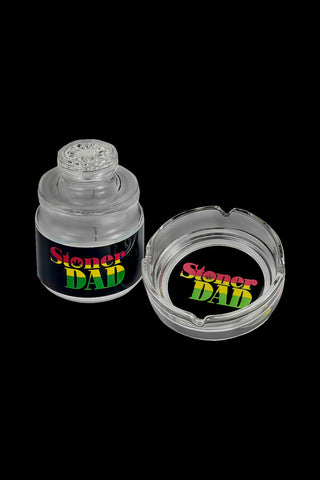A bong is a device that is used to smoke
herb
or
tobacco
by filtering the smoke through water. Bongs are also known by other names, such as water pipes, bubblers, bingers, or billys. Bongs can have different shapes, sizes, and materials, but they all work in the same basic way.
The history of bongs
The word bong comes from the Thai word “baung” (บ้อง), which means a cylindrical wooden tube or container cut from bamboo, and which also refers to the original bong used for smoking. Bongs have been in use by various cultures for centuries, such as the Hmong in Laos and Thailand, and the Scythian tribal chiefs in Russia who used gold vessels to smoke
herb
and opium 2400 years ago .
Bongs were also invented independently in other parts of the world, such as India, China, and Africa. In India, physician Hakim Abul Fath suggested that tobacco smoke should be passed through a small receptacle of water to make it harmless . In China, bongs became the most popular method to smoke tobacco during the Qing Dynasty, and were preferred by the Empress Dowager Cixi . In Africa, bongs were made from gourds or horns and used to smoke cannabis or tobacco .
How do bongs work?
Bongs generally feature a small bowl that holds dried
herb
or
tobacco
. When you light the material, it combusts and produces smoke. Meanwhile, as you inhale through the mouthpiece, the water in the bottom of the bong bubbles (or percolates) and cools the smoke. The smoke then rises up through the water and the chamber before entering your mouth and lungs.
Bongs can have different features that affect their performance and appearance. Some common features are:
- A downstem: This is a tube that connects the bowl to the water chamber. It can be removable or fixed, and can have slits or holes for diffusion.
- A carburetor: This is a hole that allows air to enter the bong and clear the smoke. It can be located on the side of the bong or on the bowl itself. Some bongs do not have a carburetor and require removing the bowl or stem to clear the smoke.
- A percolator: This is a device that creates more bubbles and increases the surface area of the smoke in contact with water. It can be located inside or outside the water chamber, and can have various shapes and designs.
- An ice catcher: This is a notch or pinch in the neck of the bong that holds ice cubes. The ice cools the smoke even more before it reaches your mouth.
Are bongs better for your lungs?
Bongs are often considered to be a smoother and less harsh way to smoke
herb
or
tobacco
than joints or pipes. The water in a bong eliminates the dry heat and some of the tar and ash from the smoke, making it more pleasant to inhale. However, this does not mean that bongs are safer for your lungs than other smoking methods.
According to health organizations, such as the Centers for Disease Control and Prevention (CDC), smoke is harmful to lung health regardless of what you are smoking or how you are smoking it . Smoke contains carcinogens (cancer-causing substances) and other toxins that can damage your lung tissues and blood vessels. Smoking also increases your risk of developing chronic obstructive pulmonary disease (COPD), bronchitis, emphysema, asthma, and lung cancer.
Bongs may actually make it easier to overdo it when smoking
herb
or
tobacco
, because they produce more smoke and allow you to inhale deeper and hold your breath longer. This exposes you to more tar and other harmful chemicals per breath. Bongs may also harbor bacteria, mold, and fungi if they are not cleaned properly.
How to use a bong safely?
If you choose to use a bong, there are some steps you can take to reduce the potential harm to your health and safety. These include:
- Cleaning your bong regularly with hot water and soap, or alcohol and salt, to remove any residue and prevent the growth of microbes.
- Using fresh water every time you smoke, and emptying the bong when not in use.
- Using a screen or filter in the bowl to prevent ash and plant matter from entering the water and clogging the stem.
-
Using natural or organic
herb
or
tobacco
, and avoiding additives or synthetic substances that may produce harmful vapors when burned. - Using a lighter or hemp wick to ignite the material, and avoiding matches or butane torches that may release toxic gases.
- Using glass, ceramic, or metal bongs, and avoiding plastic, rubber, or acrylic bongs that may leach chemicals when heated.
- Sharing your bong only with people you trust, and using your own mouthpiece or wiping the mouthpiece with alcohol before using it.
- Limiting your frequency and duration of smoking, and taking small hits rather than large ones.
Bongs are a popular way to smoke
herb
or
tobacco
, but they are not necessarily better for your lungs than other methods. Bongs still produce smoke that can harm your respiratory system and increase your risk of various diseases. If you decide to use a bong, make sure you do it safely and responsibly, and always be aware of the potential consequences of smoking.





